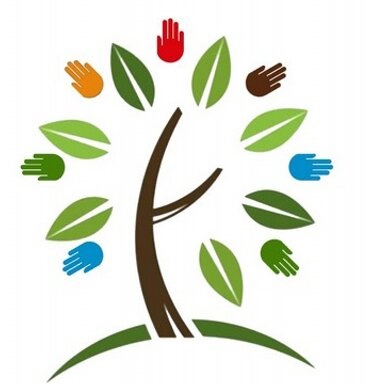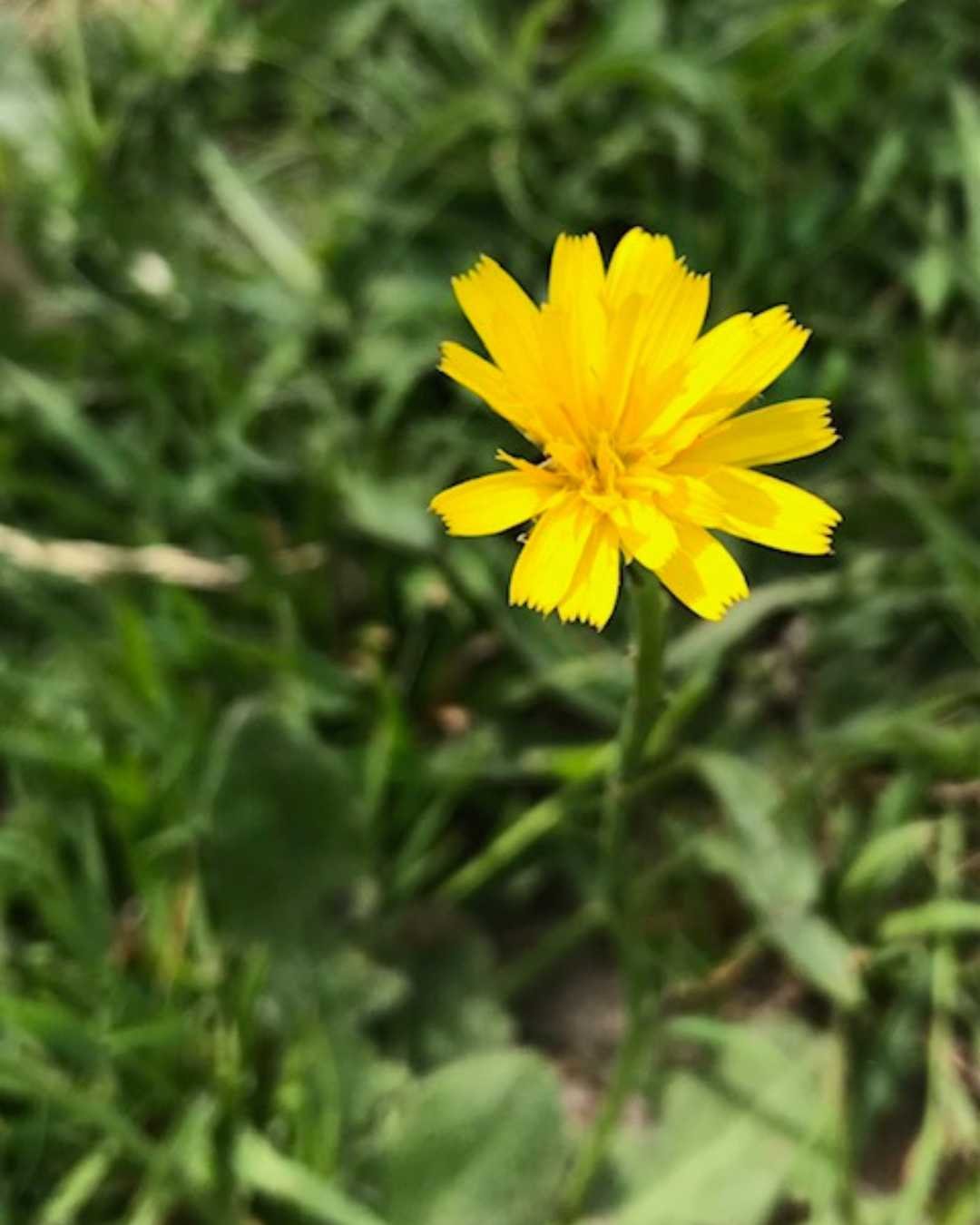Bluebells
We love bluebells, don’t you? We have quite a few in Whytes Wood as well as Walden Rec. and they are just about to make quite a display.
Did you know that we have 2 species of bluebells? Well, 3 if you count the one that is a cross between the other 2 namely the English bluebell and the Spanish bluebell.
There are differences between the two, so here is a list of the main ones which you can use next time you come across a bluebell.
Do you know what this is?
Knapweed
Common knapweed, also known as 'black knapweed', is a thistle-like plant that can be found in abundance in our bee corridor in Walden Rec.
Common knapweed provides a massive boost of nectar for our pollinators – in fact, it was found to be among the top 5 species for nectar production in a survey of UK plants.
It feeds all kinds of hoverflies, beetles, bees, and moths. It’s also such a huge favourite of butterflies that it is sometimes covered in these beautiful insects
It looks like a small furry animal but is actually the seed pod of a London plane The London plane is quite easy to recognise with its speckled mosaic like bark, not too dissimilar to army fatigues. You can find London planes everywhere: The Mall, Berkeley Square, the Embankment and Chislehurst Rec. Yes, we have a row of them between the Pavilion and the scout’s compound and this one is by the Empress Drive entrance
How this tree came into existence is shrouded in mystery. The reason is that it really shouldn’t exist as the parent trees are from two different continents on the opposite sides of the world.
One possible explanation is that the oriental plane and the American plane, in the mid-17th century, were planted by John Tradescant (an avid plant collector and botanist) next to each other in his famous nursery garden. In truth, we will never know how it came to exist but what we do know is that we love our little row of them in the rec. and we hope you do too.
Why is Walden Woods Important?
80% of butterflies in the UK have declined since the 1970s. Decreases in butterfly populations on this scale are a huge cause for concern as butterflies are an integral part of the UK ecosystem and their precipitous decline is a clear warning signal of the wider biodiversity crisis.
We are lucky enough to have a unique space where butterflies and pollinators thrive. It’s called Walden Woods
At the back of the woods is a huge area filled with thick brambles which is impenetrable by us humans and our four legged companions. But this is one of the most important parts of the woods.
In spring the brambles come alive with insects courting and laying their eggs on the bramble leaves
Wren, dunnock and wood pigeon have all been found in this area and are on the RSPB amber list. These birds along with robins, thrushes, blackbirds, warblers and finches will nest in bramble and small mammals such as hedgehogs and dormice will use it for protection from predators.
In the summer these brambles are filled with bees bumblebees and butterflies. Their open flowers are an important source of nectar. You will also see butterfly and moth caterpillars munching their way through the leaves this time of year.
Finally, in the autumn and winter the juicy blackberries are a lifeline for birds and butterflies alike. Even the small mammals inhabiting the bramble area will enjoy them
With the nearest large bramble area being over a mile away in Elmstead woods we feel it is important to keep this space safe. It will enable future generations to enjoy the many pollinators which are set for extinction without places like this.
We have long been wanting to create a biodiversity learning area in the woods. Teaching children the lifecycle of pollinators, which pollinators to spot in the area and how to help them thrive. We still hope to do this but await the report from the DfE contractors and news about the possible encroachment on our woods to build a SEN school. A site which according to Bromley council is a “site of Importance for Nature Conservation”.
brambles in walden woods
Eggs and Bacon
Did you know we have a wild flower nicknamed ‘eggs and bacon’ in our bee corridor in Walden Rec.? As a matter of fact, it has quite a few names including ‘butter and eggs’ and ‘hen and chickens’ which all refers to the egg-yolk yellow flowers and reddish buds. One of the more unattractive ones surely must be ‘Granny’s toenails’ which refers to the claw like seedpods.
This plant’s proper name is “Common-bird’s-foot-trefoil” and it’s a tiny plant with yellow flowers which look like slippers. Once they go to seed, they will look more like a bird’s feet or claws, hence the name.
Common bird's-foot-trefoil is an important foodplant for the caterpillars of the common blue, silver-studded blue and wood white butterflies; the latter two species are both classified as Priority Species under the UK Post-2010 Biodiversity Framework. Its flowers are a good nectar source for bees.
Do pop over to Walden Rec. and get a closer look at this amazing little plant
Yorkshire Fog
How do I get rid of Yorkshire fog, is the first thing that comes up if you Google this beautiful softly hairy perennial grass which grows in our bee corridor in Walden Rec. It is a great food plant for caterpillars, and we think it lovely for that reason alone
Yorkshire fog grass was given the name because, from a distance, it resembles the smoke that once billowed from the chimneys of northern factories.
Yorkshire fog
Cat’s Ear
When you walk through Walden Rec. you will see an abundance of the tall yellow flowers in our bee corridor
These tall wildflowers are called Cat’s Ears and are not to be confused with dandelions. They are much taller, and the leaves resembles a cat’s ear and are often covered in fine silvery / white hairs on both the top and underneath. These lovely flowers have been given the prestigious RHS Perfect for Pollinators mark which is only given to plants that support pollinating insects in gardens. Bees, butterflies, moths, hoverflies, and many others will visit these flowers to feed on their nectar and pollen.
All parts of the cat’s ear plant are edible, and the leaves can be eaten raw in salads, steamed, or used in stir-fries.
Cat’s ear









